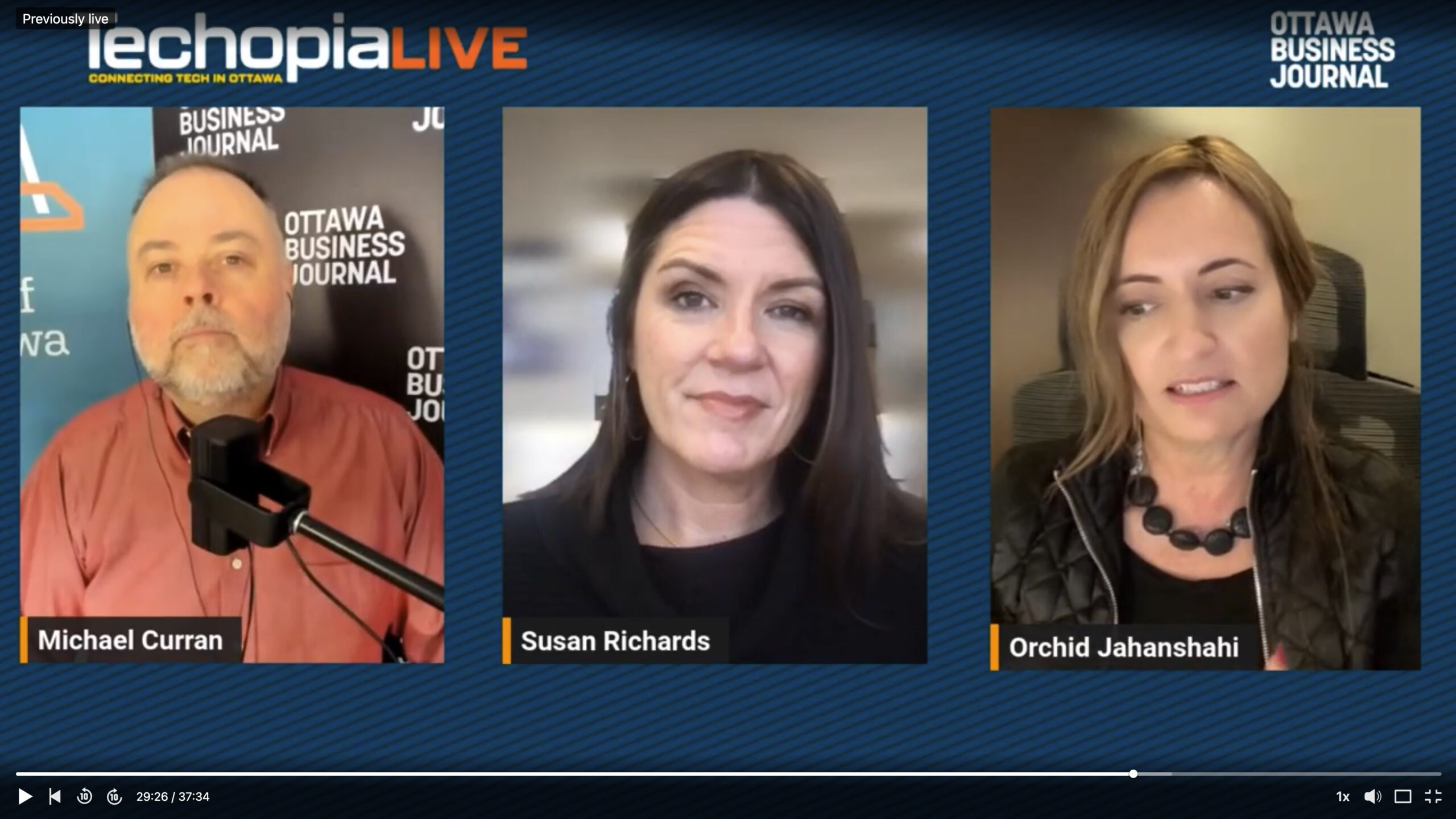Hey Founder,
You’re likely tracking the usual suspects: MRR, ARR, Revenue Growth Rate, Net Dollar Retention and maybe Logo Growth. All of these are helpful for showing what direction your revenue is heading. But they don’t tell you how much it’s costing you to get there.
At a time when everyone’s under pressure to do more with less, founders also need to be looking at a set of metrics that show whether growth is sustainable. LTV/CAC and Payback Period are a good start, but one of the most powerful and overlooked metrics is Sales Efficiency.
It shows how well your sales and marketing dollars are working to generate recurring revenue. And in today’s market, it matters more than ever.
Why Sales Efficiency Matters Now
The narrative has shifted. Growth alone isn’t enough. Investors, lenders and even government-granting agencies want to know whether your company can become cashflow positive within 6 to 12 months. Even if you’re burning cash today, they want to see that sustainability is within reach and that it’s a priority. Sales Efficiency helps tell that story by demonstrating that your go-to-market motion is efficient, not wasteful. That your spending is generating results. And that when the time comes to scale, you’ll do it responsibly.
What Is Sales Efficiency?
Sales Efficiency tells you how much new recurring revenue you’re generating for every dollar spent on sales and marketing.
Formula: Sales Efficiency = Net New ARR ÷ Sales & Marketing Spend
Let’s say you added $600K in Net New ARR last quarter and spent $400K on sales and marketing. Your Sales Efficiency is 1.5. That’s strong. If the result were 0.75, it would mean you’re spending more than you’re earning. Because initiatives can take time to yield deals closed, a .75 may be okay if it’s trending up. But all things considered, it’s important to know your numbers and their relative significance to your business goals.
Gross vs. Net Sales Efficiency
For those founders who are looking at efficiency, they are typically only looking at one version of the metric, which is usually “Net”. But tracking both Gross and Net gives you real insight into what’s working and what’s not. It’s up to you whether you want to share both with investors, but certainly for business decision making, you’ll want to be tracking both.
| Metric | What It Tells You | Formula |
| Gross Sales Efficiency | How good you are at acquiring new customers | Gross New ARR ÷ Sales & Marketing Spend |
| Net Sales Efficiency | What’s left after churn and contraction | Net New ARR ÷ Sales & Marketing Spend |
Gross: Tells you if your sales engine is doing its job.
Net: Tells you if your business is retaining and growing customers after the fact.
Together they give you greater insights on whether to focus on a greater financial return on investment. And separately they provide a deeper dive into qualificative factors influencing working capital efficiency.
What the Numbers Tell You
If Gross is high but Net is low
- • You’re acquiring well, but customers aren’t sticking.
- • Time to fix retention, onboarding, and product-market alignment.
If Gross is low but Net is high
- • Your acquisition strategy isn’t landing new logos efficiently, but the customers you do win are expanding.
- • That’s a signal to sharpen your targeting, messaging, and funnel.
What Good Looks Like
| Metric | Target Range |
| Gross Sales Efficiency | Between 1.0 and 2.0+ |
| Net Sales Efficiency | At least 1.0 |
Early-stage companies will see swings, but once you hit $1M+ in ARR, you want to start holding these numbers steady.
Why It’s Worth Paying Attention To
Sales Efficiency helps you:
- • Spot problems early, whether it’s CAC, churn, or weak lead quality
- • Make better decisions about sales and marketing spend
- • Tell a stronger, more strategic story to your board or investors, and
- • Build a durable, profitable revenue engine
When you can say, “We know exactly how much ARR we’re generating for every dollar spent,” that lands with investors. And more importantly, it helps you lead with confidence.
This Is Where We Come In
At Numbercrunch, we help SaaS founders get their financial house in order, not just for compliance, but for clarity. We’ll help you track, interpret, and act on your Sales Efficiency metrics so you can scale your business with intention.








